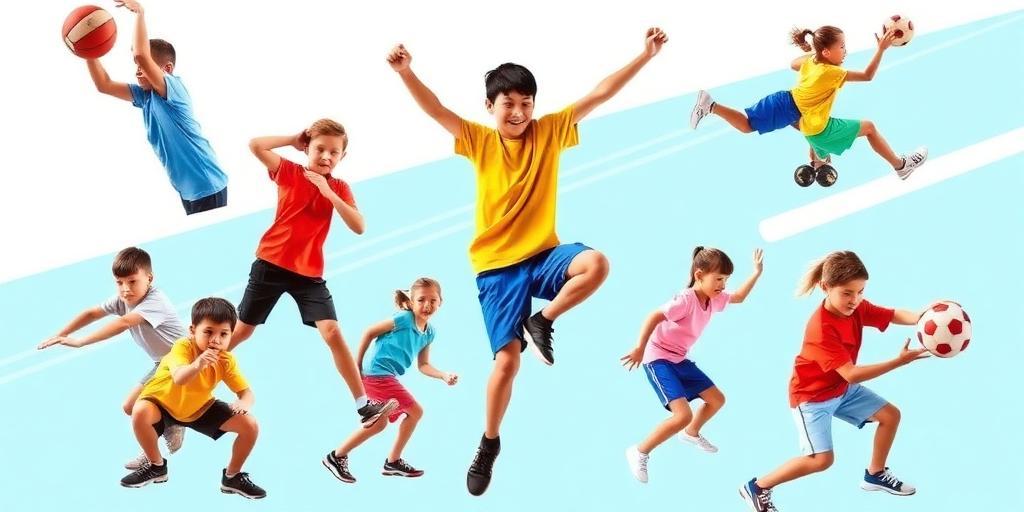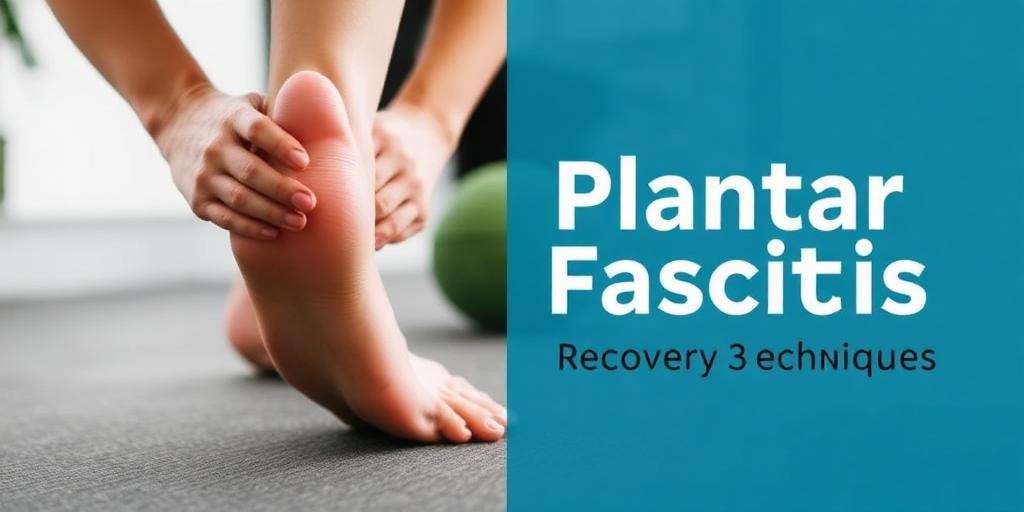Injury Prevention for Young Athletes: Growing Safely
Young athletes are eager to push their limits, but it's crucial to ensure they're growing safely. This article provides essential injury prevention strategies to help young athletes thrive.
Understanding the Risks
Young athletes face unique injury risks due to their growing bodies. Bones, muscles, and ligaments are still developing, making them more susceptible to strains, sprains, and fractures. Overuse injuries are also common, resulting from repetitive motions without adequate rest.
Key Injury Prevention Strategies
- Proper Warm-Up and Cool-Down:
- A dynamic warm-up prepares muscles for activity, increasing blood flow and flexibility.
- A cool-down helps the body gradually recover, reducing muscle soreness.
- Strength and Conditioning:
- Age-appropriate strength training builds muscle and bone strength, providing support and stability.
- Focus on proper form to prevent injuries.
- Flexibility and Stretching:
- Regular stretching improves flexibility and range of motion, reducing the risk of muscle strains.
- Incorporate static and dynamic stretches into training routines.
- Proper Nutrition and Hydration:
- A balanced diet provides essential nutrients for muscle and bone development.
- Adequate hydration is crucial for muscle function and preventing cramps.
- Appropriate Gear and Equipment:
- Ensure athletes use properly fitted and sport-specific protective gear.
- Regularly inspect equipment for wear and tear.
- Rest and Recovery:
- Adequate rest is essential for tissue repair and preventing overuse injuries.
- Encourage athletes to listen to their bodies and take rest days when needed.
- Cross-Training:
- Engage in a variety of activities to prevent overuse injuries.
- Cross-training improves overall fitness and reduces the risk of burnout.
Recognizing and Responding to Injuries
- Know the Signs:
- Be aware of common injury symptoms, such as pain, swelling, and limited range of motion.
- R.I.C.E. Protocol:
- Follow the R.I.C.E. (Rest, Ice, Compression, Elevation) protocol for initial injury management.
- Seek Professional Help:
- Consult with a healthcare professional for proper diagnosis and treatment of injuries.
Creating a Safe Training Environment
- Qualified Coaching:
- Ensure coaches are knowledgeable about proper training techniques and injury prevention strategies.
- Safe Facilities:
- Regularly inspect training facilities for hazards.
- Open Communication:
- Encourage athletes to communicate any pain or discomfort to coaches and parents.
Conclusion
Injury prevention is paramount for young athletes to enjoy sports safely and develop their full potential. By implementing these strategies, parents, coaches, and athletes can work together to minimize risks and promote healthy growth.









